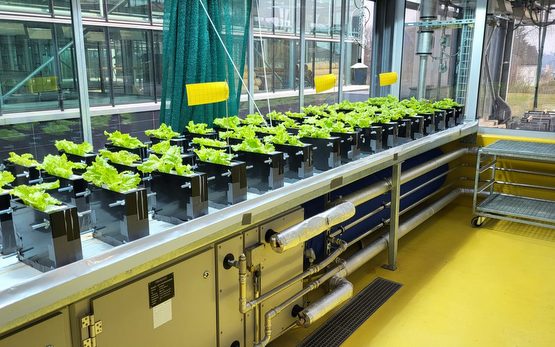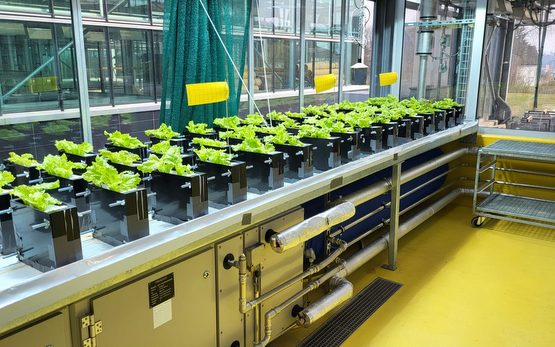Carbon sequestration in soils often goes hand-in-hand with trade-offs. But what are the mechanisms and synergies between carbon sequestration, greenhouse gas emissions and nutrient losses? TRACE-Soils is working towards a better understanding of these mechanisms.
Mechanisms underlying TRAde-offs between Carbon sequestration, greenhouse gas Emissions and nutrient losses in Soils under conservation agriculture in Europe
Different soil management, different trade-offs
The magnitude of trade-offs between C sequestration, GHG emissions and nutrient losses, and synergies with soil quality and biodiversity, varies across management options and pedoclimatic conditions. This variability limits trade-off predictability and the development of robust indicators, ultimately hampering the transfer from science into manageable mitigation measures. In addition, there are large gaps in our knowledge of how conservation practices impact the soil microbiota and the resulting effects on GHG emissions and nutrient losses.
The objectives
The project aims to review the literature and analyze published data quantifying the magnitude of trade-offs between C sequestration, GHG emissions (CO2, N2O) and nutrient losses (N, P), and synergies with soil quality and biodiversity. The project team is also conducting targeted measurements in long-term agricultural experiments (LTAEs) across a broad pedoclimatic gradient in Europe and modelling to simulate the effect of management scenarios on C sequestration, GHG emissions, nitrate leaching and nutrient balances at the EU provincial level. As a result, we aim to propose climate-zone specific indicators and measures to assess and mitigate trade-offs based on previous reviews, measurements and modelling activities.
Contact







